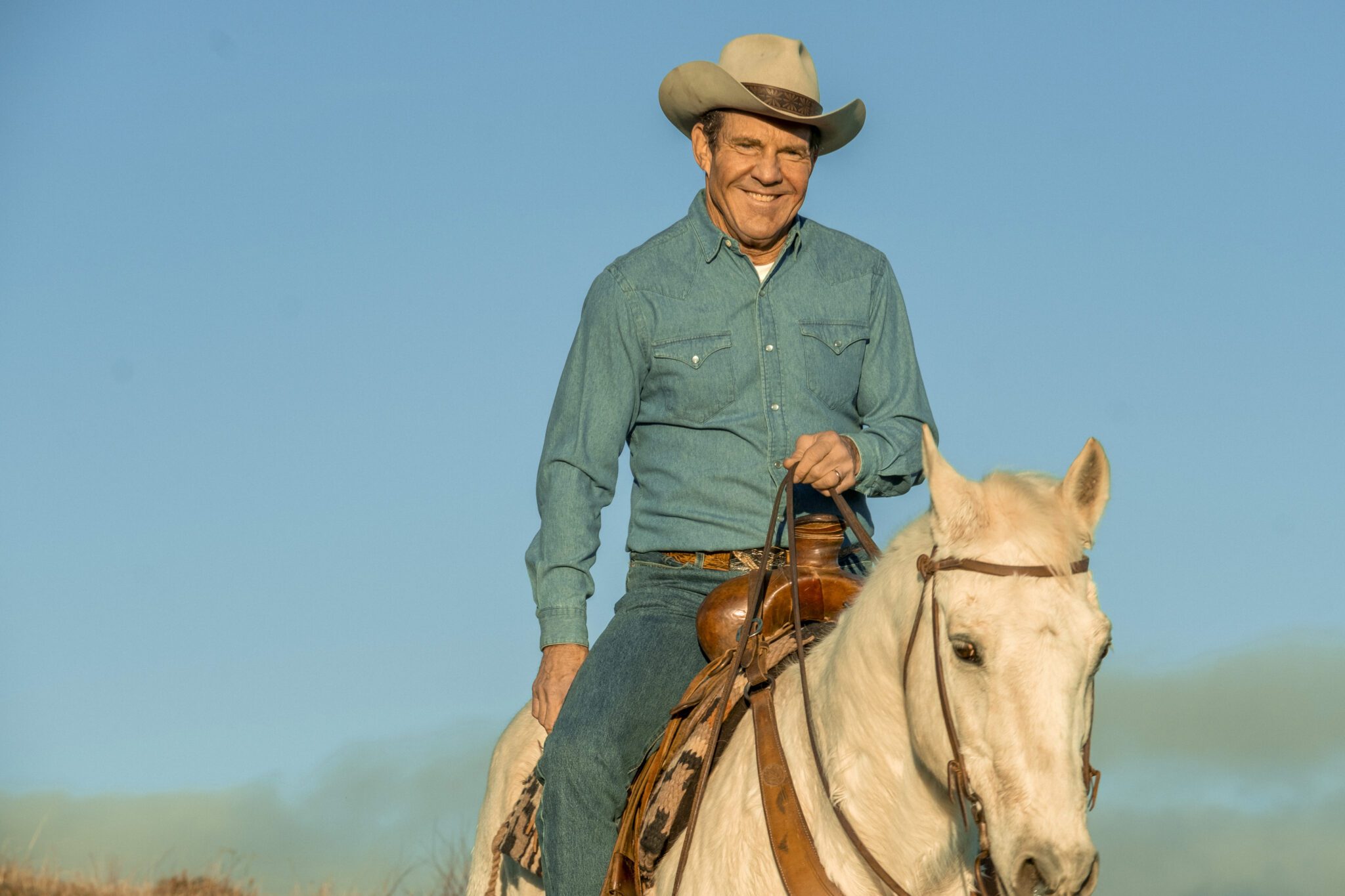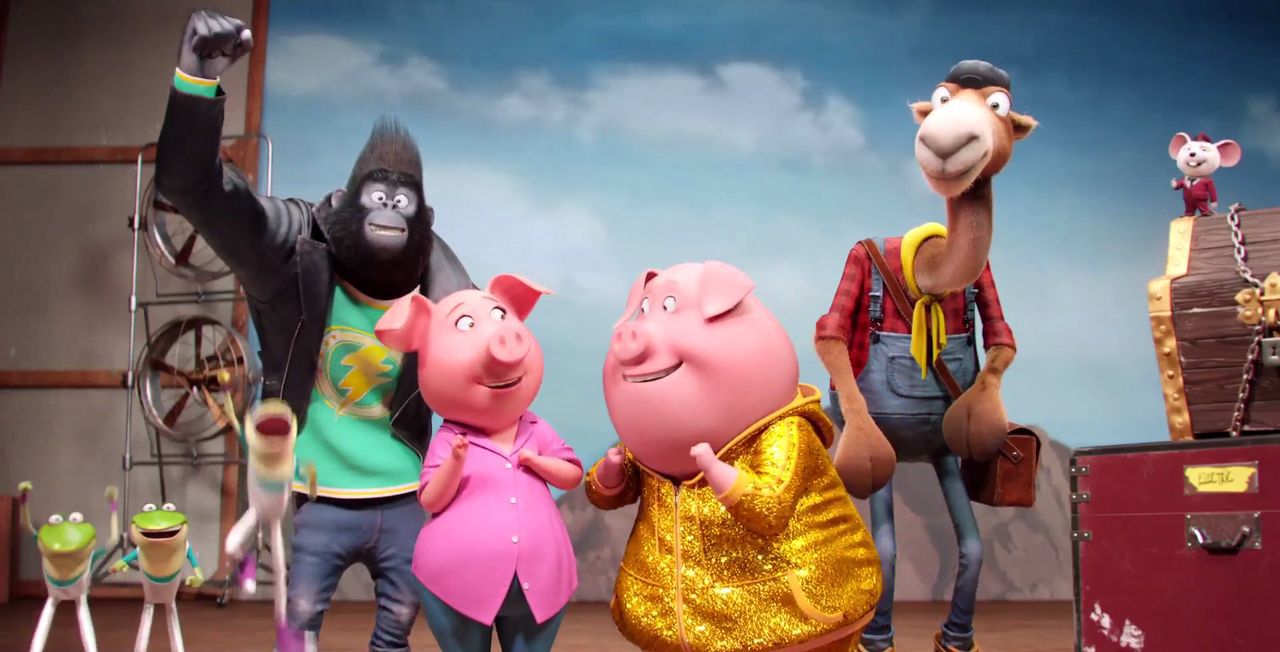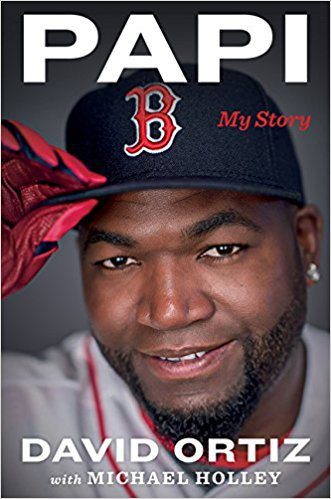From the cold open of his attempted assassination, Reagan utilizes the perspective of an aging Russian communist reflecting on his reporting and tracking of Reagan’s uprising to become president. The man seems to know everything about Reagan from his childhood in a small town as a witty boy who grew under a tenuous household with a father who was constantly at the bottom of bottle. From these beginnings, Reagan became a faithful man who stuck by his ideals and became president. Acted out by Dennis Quaid in a large and immersive performance along with Jon Voight, Robert Davi and Penelope Ann Miller playing the roles of their characters in a way that emphasizes how Reagan would see them while still inserting their memorable characters and personalities into what is, ultimately, his story

In many parts, Reagan reads as a typical biopic as it visualizes and dramatizes the story that would be told in any biography. With constant voiceover from the Russian man, it tracks the moments in Reagan’s life that made him who he was from a man of faith who used his beliefs through challenging circumstances. It reveals the moments in his life where he becomes courageous. He’s portrayed as a man who fights against the threat of communism which threatens freedom and the welfare of its citizens, a man of faith who will find solutions no matter what, using his skills with memory and speaking to lead people to a vision of success. There are often drops of information that make the film completely different and change the whole narrative as the film tries to keep surprising you with who Reagan was, as it depicts Reagan as singular force that stomped out communism.
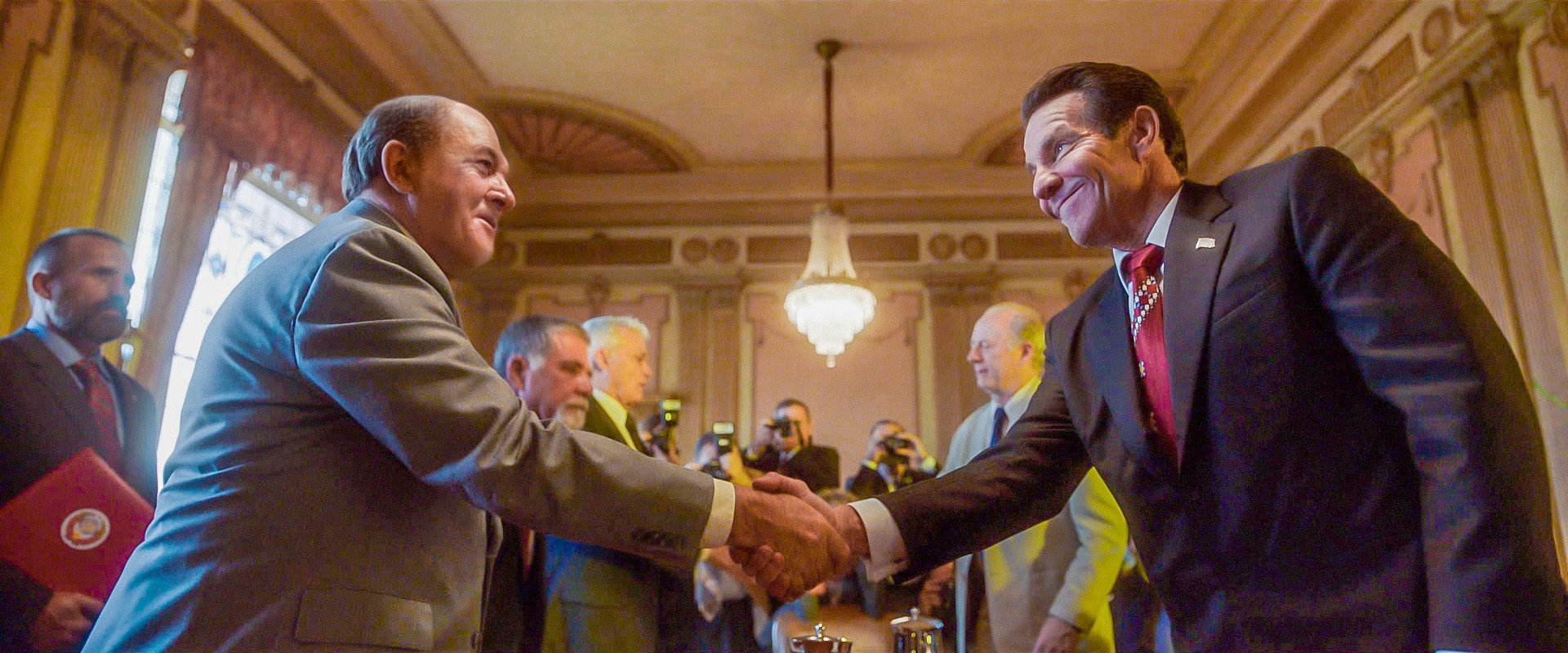
The film’s strength is in its pacing as the film finds so much importance in Reagan and the people involved in his life that it is always able to cut from one event to the next. The outpouring title card keep us informed as to who people are and, while it naturally sacrifices some of the impact singular great scenes can provide, the first half of the film zips through the simple drama and predicaments Reagan found himself in and the often creative ways he managed to get what he wanted. The editing is efficient and always keeping us informed of what is happening in the film to allow for the film’s conclusion to retain its power. The beginning, like other parts of the film, uses dramatic zooms or slow motion to emphasize the drama of short moments but most of the film keeps wide frames to show off the lighting and the extensive work on the sets to make them always large and impressive.
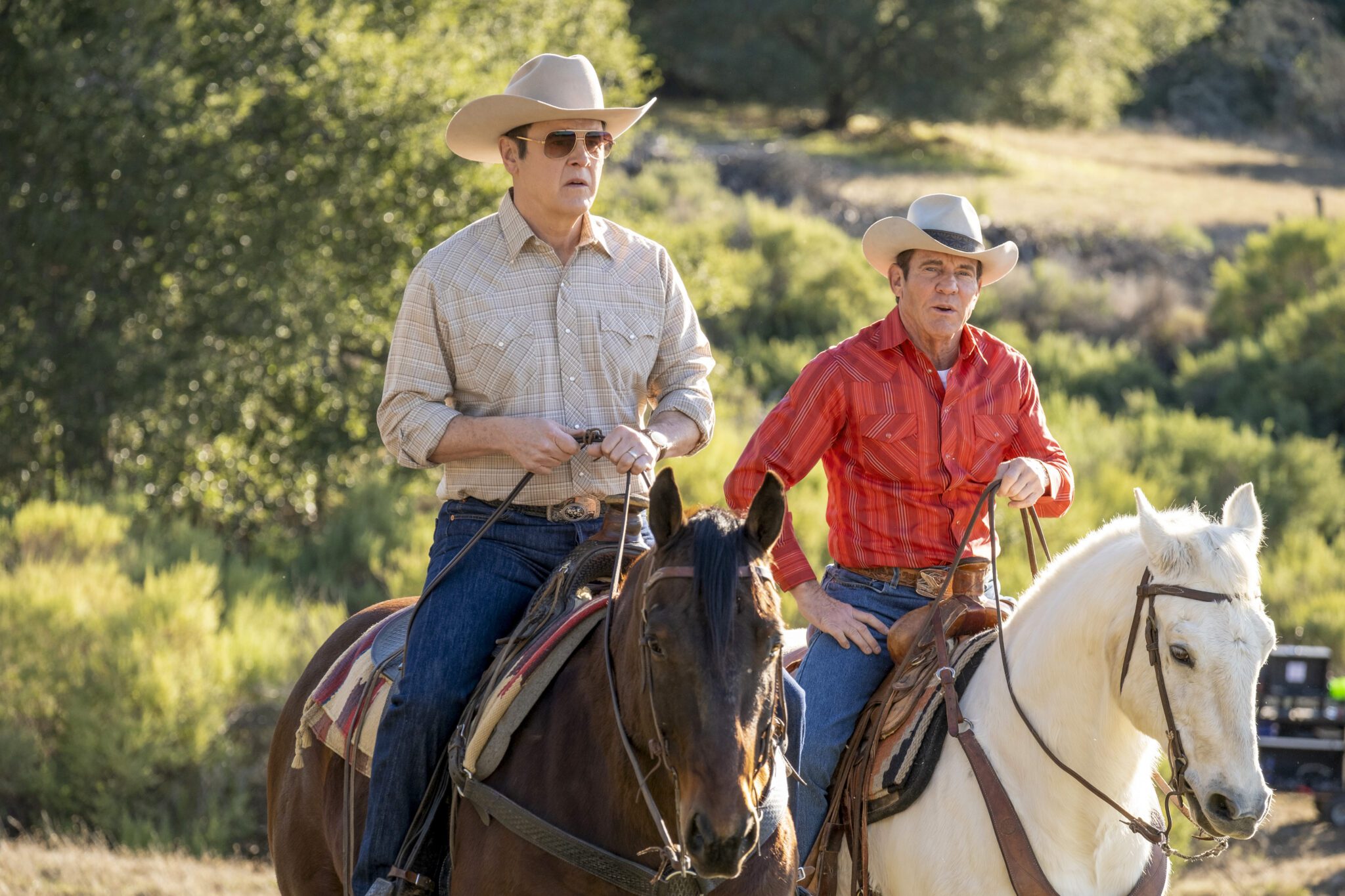
Each scene also uses the setting or set piece in a memorable way, whether its the action of Reagan standing up to rival union leaders pushing for a coalition, the forest where he kisses Nancy or the church where he first finds faith. All uses different colors and lights to make each location memorable. Lots of effort was made to recreate these locations (which is quite impressive considering the films more modest budget). It uses its whip pace to emphasize the ideas and themes the script is going for and benefits from the cohesiveness of the whole film. There was a vision for this film and its executed very well. While the acting is never particularly memorable, the storytelling holds the film together and allows the more mellow scenes to culminate in a concise third act.
Reagan is available in theatres now.

